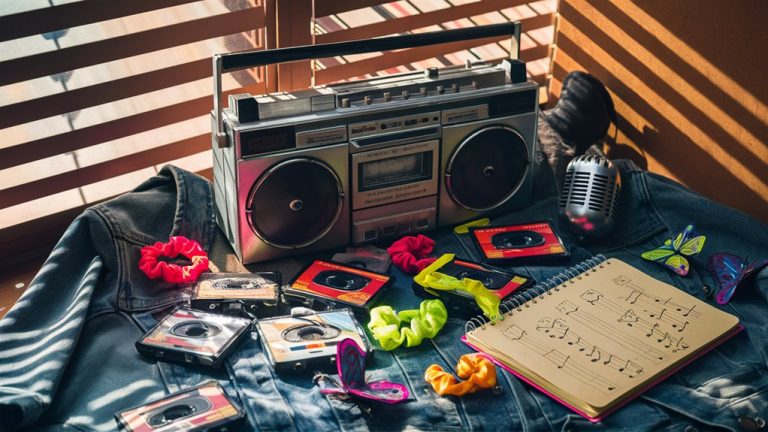
Karaoke Scores Work: A Simple Tech Guide

The tech behind karaoke scoring systems combines audio tech, machine learning, and real-time analysis. While singers aim for correct notes, smart systems work hard to score each song.
How It Works
Turning sounds into data is key in karaoke scoring, changing singing into data for machines to judge. These systems use pitch checks to match the singer to the song, and rhythm checks to check the timing, down to small parts of a second.
Key Parts of Karaoke Scoring
- Tune Checks: Smart ways to see if notes are correct
- Rhythm Checks: Checks if timing is right
- Loudness Checks: Ensures the volume is even
- Sound Checks: Looks at voice quality and steadiness Norebang Ambience: Music and Lighting Tips to Elevate the Mood
Together, these parts form a complete grading system giving quick feedback and keeping fun with instant scores. New systems use smart learning for better handling of different voices and styles.
Basics of How Digital Sound Works
Digital Sound in Modern Karaoke Tools
How Sound Becomes Data
Handling digital sound is major in current karaoke systems. When you sing into the mic, sound waves become digital numbers using advanced tech.
The system gathers many data points each second through analog to digital converters.
Detailed Tune Checks
Smart math, like Fast Math Switch (FFT), splits singing into key parts, making it easy to spot correct notes.
The system checks these parts and how loud they are to ensure both the notes and volume are right.
Tech Tips and Scoring Methods

Preparing sound is crucial. Smart noise reduction tools remove unwanted sounds, and sound balancing keeps notes precise.
Quick timing checks compare when you start to sing to the song’s beat, giving clear score info.
How It Finds the Right Tune
How Tune Checks Work in Karaoke
Basics of Finding the Tune
Handling sound underpins karaoke scores, ensuring correct singer checks and grade checks.
Main tech spots and looks at the key tune in a singer’s voice, needed to match the musical tune.
Advanced finding tools like auto-match and Average Diff Check (AMDF) pull precise tune details from raw sound.
Live Tune Checks and Matching
Tune tracking tools use clever matching methods between the singer’s voice and song tunes.
The system continues to check key singing parts such as:
- How correct the notes are
- Steadiness over long notes
- Control and steadiness of voice
- Timing and precision of each note 베트남 KTV
- How tune parts fit together
How It Grades You
The grading tool combines different parts to make complete scores.
Key points to check include:
- Note accuracy: Checks if the pitch is correct
- Timing accuracy: Looks at when notes start and stop
- Note steadiness: Observes how stable notes are
- Volume control: Monitors volume and how it’s shown
These parts blend in a mathematical way to produce clear grades, helping you see how well you sing and offering tips for better singing.






